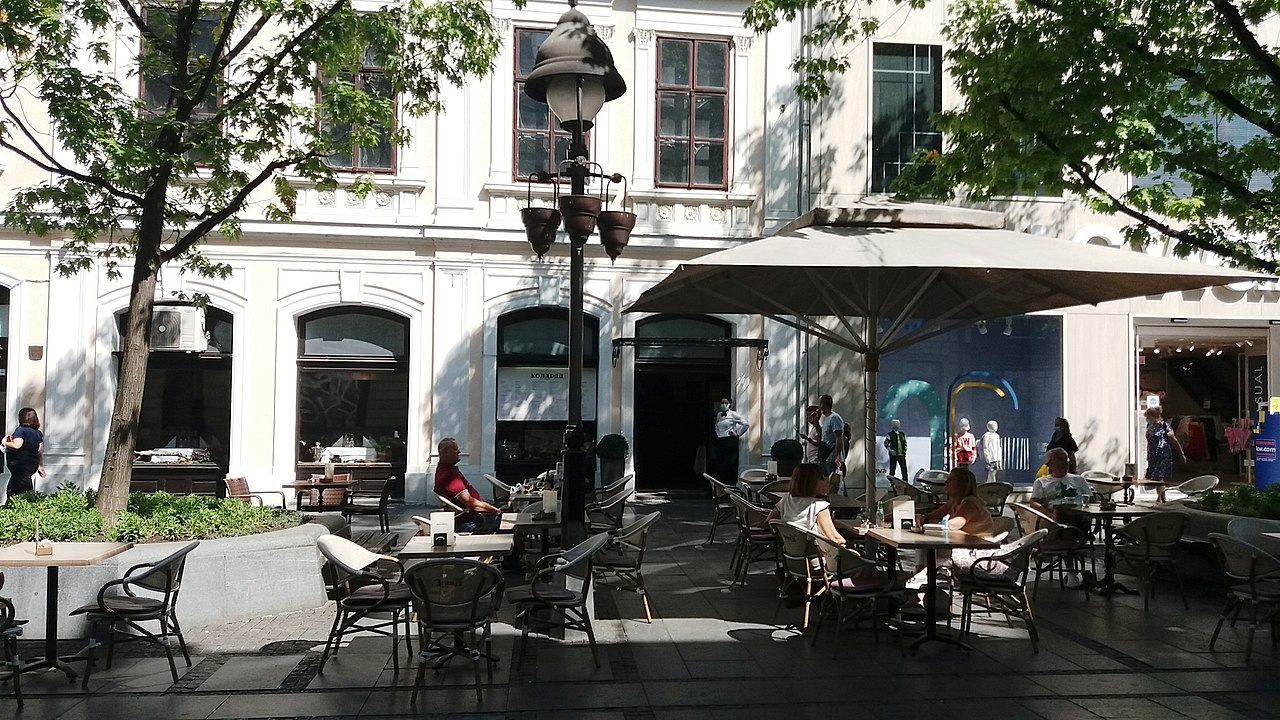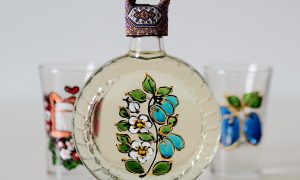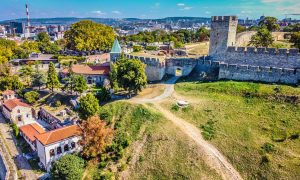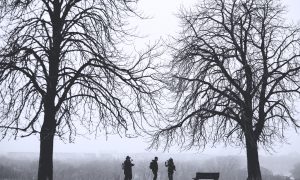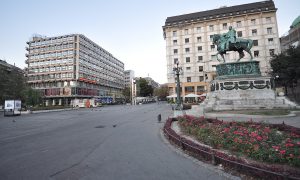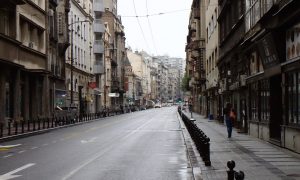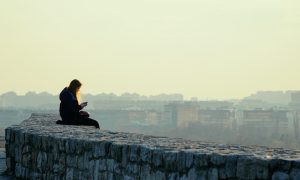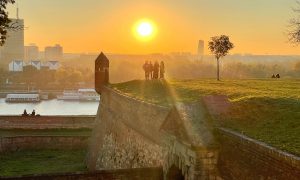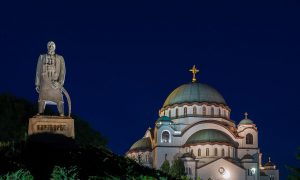The most famous Belgrade street dedicated to Prince Mihailo is left with only one authentic Serbian cafe that offers tourists local cuisine. “Kolarac” remained special because it belongs to one of the five prominent companies in “Knez”, whose inscription has been preserved in Cyrillic.
Other advertisements or invitations to customers to step inside the store from which they are invited by attractively decorated shop windows, are usually not even written in Serbian, least of all in Cyrillic.
In other European capitals, such as Paris or Prague, and even Sofia, tourists are offered to feel the old-fashioned taste of the old part of the capital, only Belgraders somehow retreat before the “magic of transition”. This is exactly how we remember you at the tavern that was first founded by Ilija Milosavljević Kolarac on Pozorišni trg, and today’s Trg republike, and then this respectable tavern in Knez Mihailova took that name.
The first “Kolarac” was diagonally across the street from the Youth Center and it was an elite place where balls were held from the end of the 19th century, and the guests were officers and high officials. That building was built in 1858, and it is also mentioned as a pub, hotel and cafe. The main hall was decorated with pictures of heroes from the First and Second Serbian Uprising. At the beginning of the 20th century, the first post office in Belgrade was located there. Unfortunately, this cafe was destroyed in the April 1941 bombing.
At the end of the thirties, today’s “Kolarac” was founded as a canteen for the workers of Mitic’s department store, and then it was a beer hall, and finally a cafe in the true sense of the word.
Kolarac “is the last town cafe of the most famous Belgrade street. And its history is very turbulent. Academics have gathered there for decades, it is harder to list those actors who have never been to” Kolarac “than those who have been regular guests here.
We hear the names of the legends themselves: Pavle Vuisić, Ljubiša Samardžić, we remember Gidra Bojanić and his double vodka, Petar Kralj who had his “elephant trail” where he visited five cafes and passed here every day … Dragan Nikolić and Voja Brajović are they were also regular guests, and Drago Čuma remained a famous guest for one unusual gesture.
“When I enter “Kolarac”, I want the smell of homemade vanilla with coffee” – he said.
That is how Chuma was the progenitor of the idea that these small cakes are always waiting for the guest in this cafe.
It seems unreal that this cafe used to be open at six o’clock in the morning. From the 1960s to the 1980s, the largest Yugoslav companies visited Knez Mihailova.
All the merchants there would come for breakfast after six o’clock in the morning. Our biggest companies were in the neighborhood: “Ateks”, “Beteks”, “Srbijateks”, commissions, “Rudnap”, “Transped” … For breakfast, we would serve restaurant liver, folders in juice, tripe, intestines … and many would “start” the first daily brandy with the first coffee and ratluk at the bar. We sold 10-15 liters of brandy a day.
Later it was known – the bosses did not even sit in the offices, but rather in the cafe. Important deals were made there, and the most important clients were brought here.
At that time, it was known that there was no music in this cafe, but that guests came here for a good meal. Then it would be known: whoever wants to listen to a good orchestra, would definitely go to the restaurant “Park” or “Gradski podrum”. There they would continue until late into the night.
Students of the surrounding faculties, from the Faculty of Philosophy to the Faculty of Philology, have been coming to “KOLARAC” for decades. Decades later, students from all over the former Yugoslavia return to reminisce about their youth.
The city elite, who attended concerts in the hall of Kolarac People’s University, usually come to this cafe after the show. It is another city tradition that has lasted for decades.
In the original “Kolarac”, on the Theater Square, film screenings were held, and the performances were completely different than today.
At that time, the audience was sitting at the tavern tables, and during the screening, waiters were “sneaking” between the guests and bringing drinks and food.
The traffic in Knez Mihailova lasted until the seventies, when cars were a part of everyday life in this street. Therefore, three jardinieres were placed in front of the “Kolarac” garden in order to prevent the drivers from endangering the guests who would be sitting in front of the cafe.


